Another advancement in the field of optomechanics comes in the form of a recent study involving the use of a device designed for achieving an optimal controlled position of trapped nanoparticles.




Nano-sized particles already make bicycles and tennis rackets lighter and stronger, protect eyeglasses from scratches, and help direct chemotherapy drugs to cancer cells. But their usefulness depends on being able to precisely sculpt them into the right configurations—no easy task when they’re so tiny that thousands of them could fit into the thickness of a sheet of paper.
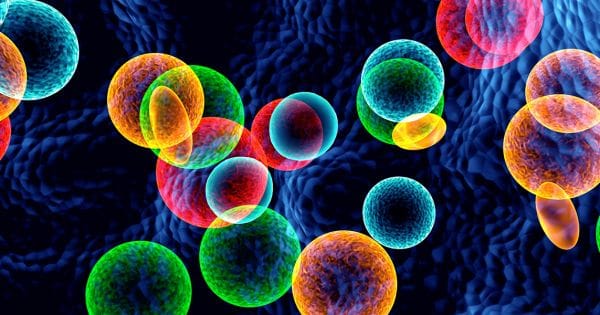
Cancer research is an area of medical science that, rightfully, gets considerable attention. There are nearly 14.5 million Americans with a history of cancer and with more than 13 million estimated new cancer cases each year. It’s no wonder even artificial intelligence (AI) has gotten into the field. Researchers from the University of Michigan are not getting left behind, with a groundbreaking method that has the potential to eliminate tumors.
This new technology uses nano-sized discs, about 10 nm to be exact, to teach the body to kill cancer cells. “We are basically educating the immune system with these nanodiscs so that immune cells can attack cancer cells in a personalized manner,” said James Moon from the University of Michigan.
Each of these ‘nanodiscs’ is full of neoantigens (tumor-specific mutations) that teach the immune system’s T-cells to recognize each neoantigen and kill them. These work hand-in-hand with immune checkpoint inhibitors that boost the responses of T-cells — forming an anti-cancer system in the body that wipes out tumors and potentially keeps them from reemerging.
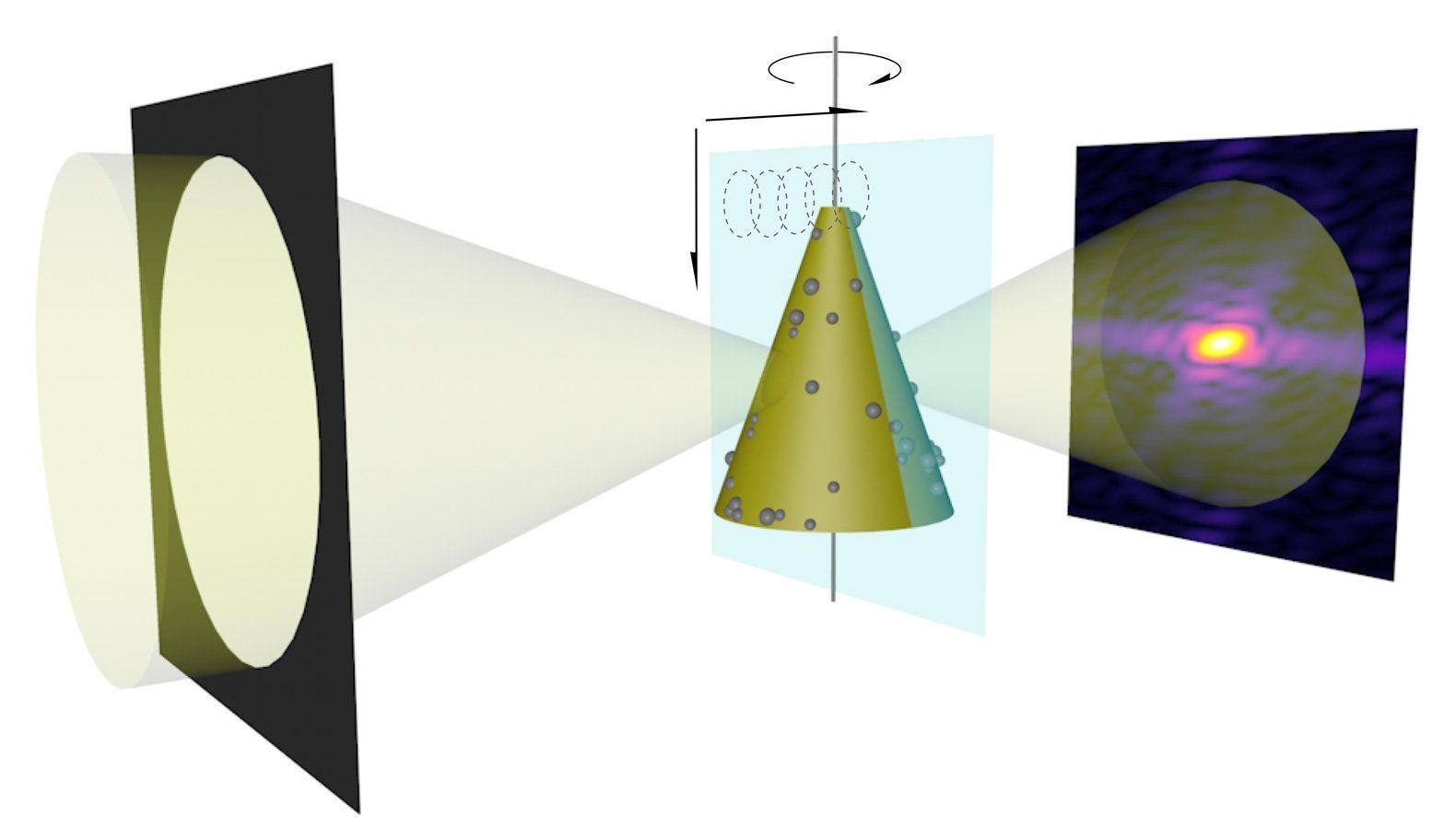
A longstanding problem in optics holds that an improved resolution in imaging is offset by a loss in the depth of focus. Now, scientists are joining computation with X-ray imaging as they develop a new and exciting technique to bypass this limitation.
The upcoming Advanced Photon Source Upgrade (APS-U) project at Argonne will put this problem under one of the brightest spotlights imaginable. The upgrade will make the APS, a Department of Energy Office of Science User Facility, 500 times brighter than it is today, further enhancing the capabilities of its X-rays to study the arrangements of atoms and molecules in a wide range of biological and technological materials.
“A whole variety of X-ray imaging experiments ultimately will need something like this as they all push the resolution to finer length scales in the future,” said Chris Jacobsen, an Argonne Distinguished Fellow and professor of physics at Northwestern University. With the Upgrade in place, the APS’s X-rays could allow scientists to study systems like the brain’s full network of synaptic connections, or the entire volume of an integrated circuit down to its finest details.
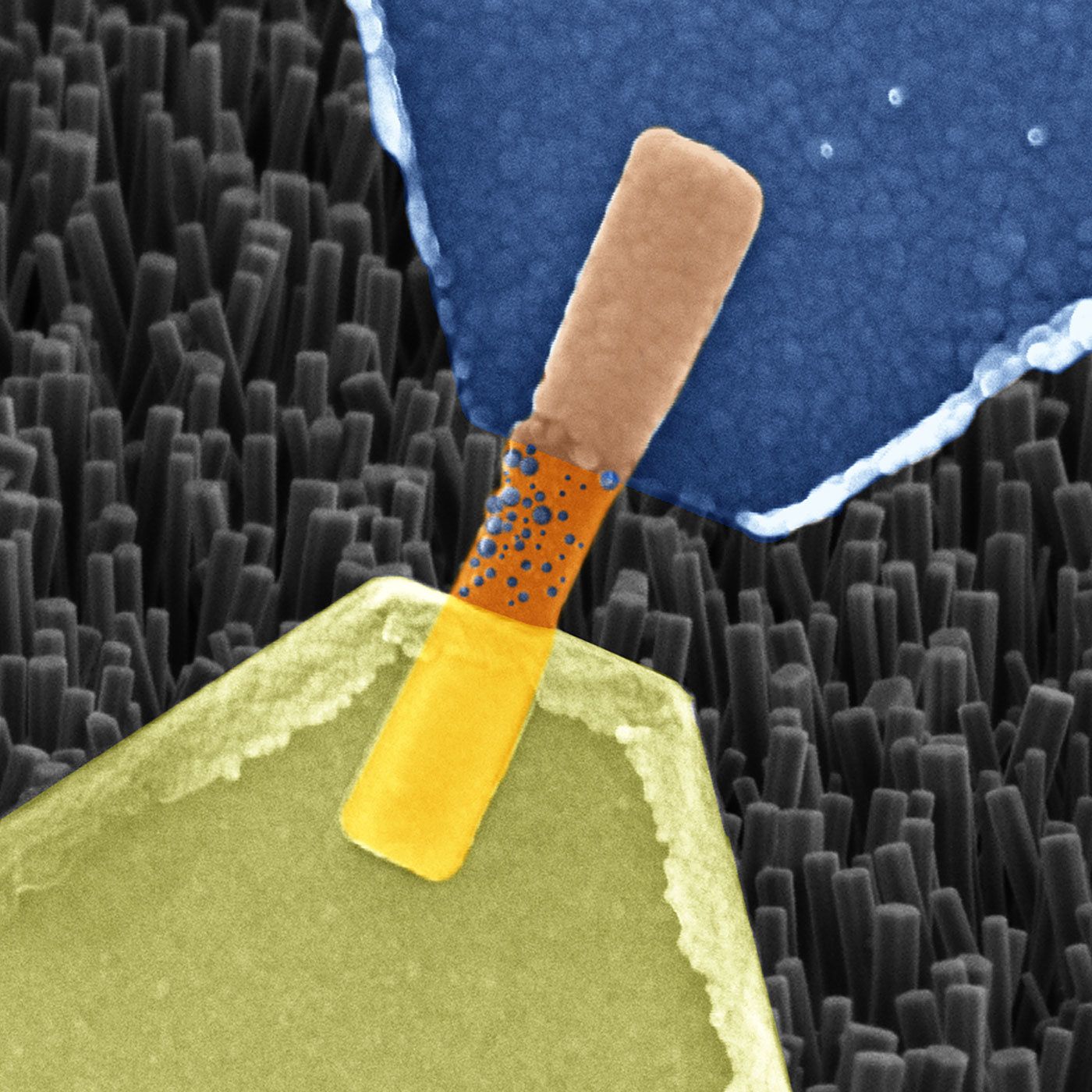
Scientists from Jülich together with colleagues from Aachen and Turin have produced a memristive element made from nanowires that functions in much the same way as a biological nerve cell. The component is able to save and process information, as well as receive numerous signals in parallel. The resistive switching cell made from oxide crystal nanowires is thus an ideal candidate for use in building bioinspired “neuromorphic” processors, able to take over the diverse functions of biological synapses and neurons.
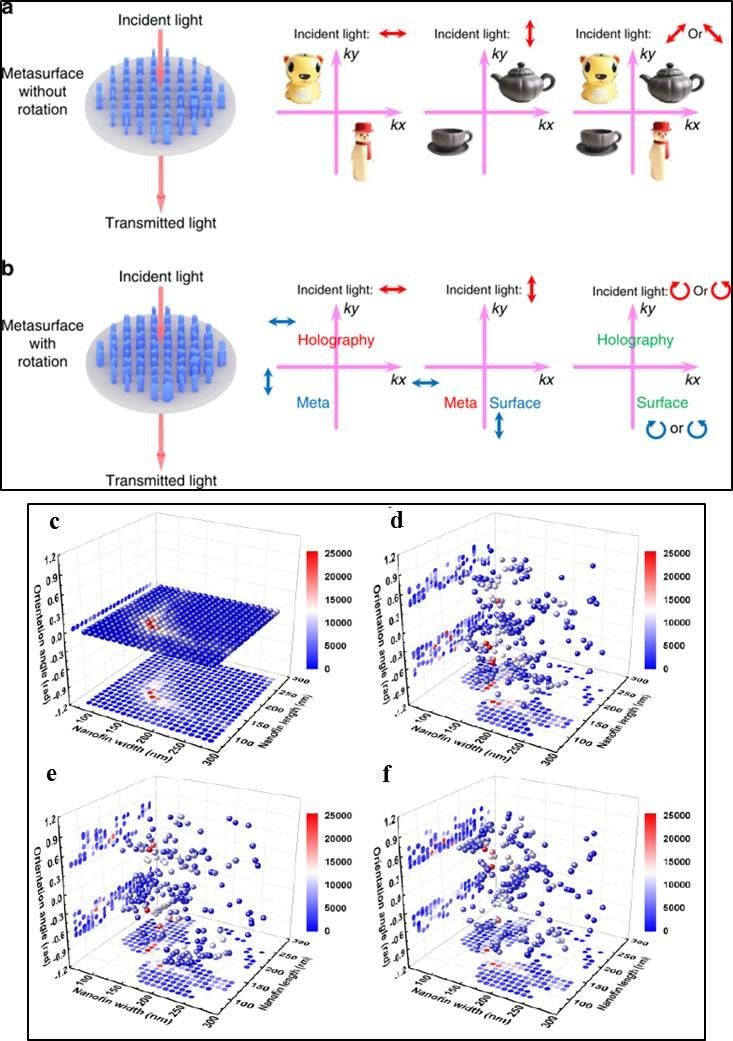
Holography is a powerful tool that can reconstruct wavefronts of light and combine the fundamental wave properties of amplitude, phase, polarization, wave vector and frequency. Smart multiplexing techniques (multiple signal integration) together with metasurface designs are currently in high demand to explore the capacity to engineer information storage systems and enhance optical encryption security using such metasurface holograms.
Holography based on metasurfaces is a promising candidate for applications in optical displays/storage with enormous information bearing capacity alongside a large field of view compared to traditional methods. To practically realize metasurface holograms, holographic profiles should be encoded on ultrathin nanostructures that possess strong light-matter interactions (plasmonic interactions) in an ultrashort distance. Metasurfaces can control light and acoustic waves in a manner not seen in nature to provide a flexible and compact platform and realize a variety of vectorial holograms, with high dimensional information that surpass the limits of liquid crystals or optical photoresists.
Among the existing techniques employed to achieve highly desired optical properties, polarization multiplexing (multiple signal integration) is an attractive method. The strong cross-talk associated with such platforms can, however, be prevented with birefringent metasurfaces (two-dimensional surfaces with two different refractive indices) composed of a single meta-atom per unit-cell for optimized polarization multiplexing.

A new way to make arrays of nanofibers that gets its inspiration from polar bear fur, lotus leaves, and gecko feet could lead to coatings that are sticky, repellant, insulating, or light emitting.
“This is so removed from anything I’ve ever seen that I would have thought it was impossible,” says Joerg Lahann, a professor of chemical engineering at the University of Michigan and senior author of the paper, which appears in Science.
Polar bear hairs are structured to let light in while keeping heat from escaping. Water-repelling lotus leaves are coated with arrays of microscopic waxy tubules. And the nanoscale hairs on the bottoms of gravity-defying gecko feet get so close to other surfaces that atomic forces of attraction come into play.
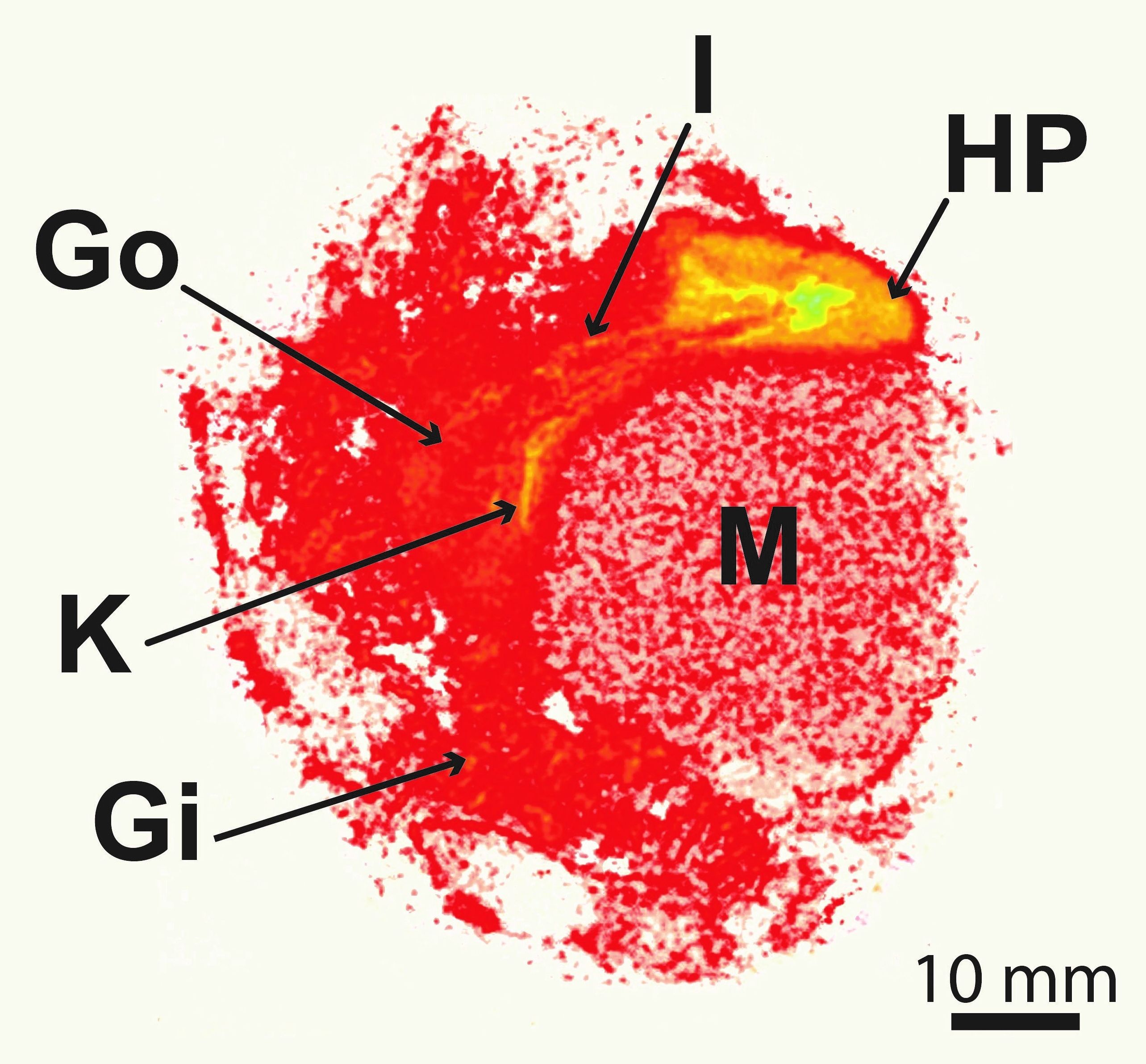
A ground-breaking study has shown it takes a matter of hours for billions of minute plastic nanoparticles to become embedded throughout the major organs of a marine organism.
The research, led by the University of Plymouth, examined the uptake of nanoparticles by a commercially important mollusc, the great scallop (Pecten maximus).
After six hours exposure in the laboratory, billions of particles measuring 250nm (around 0.00025mm) had accumulated within the scallop’s intestines.
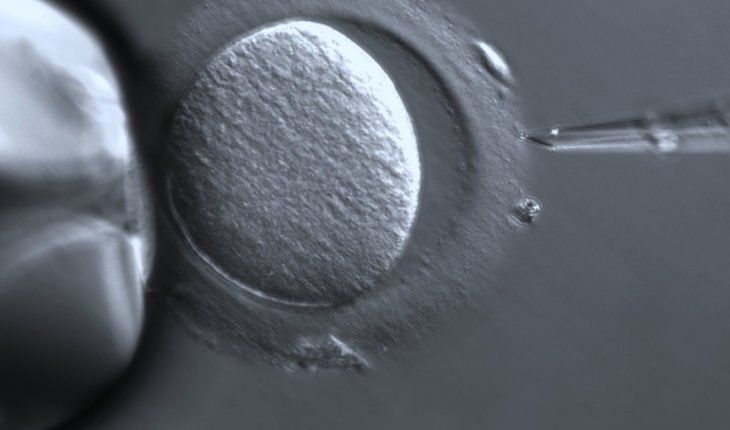
There have been some who have complained about the seeming lack of acceleration or slower than some have expected development of societal technology.
Richard Jones talks about lack of specific progress to diamondoid molecular nanotechnology or the appearance that we might not be on track to a technological singularity.
